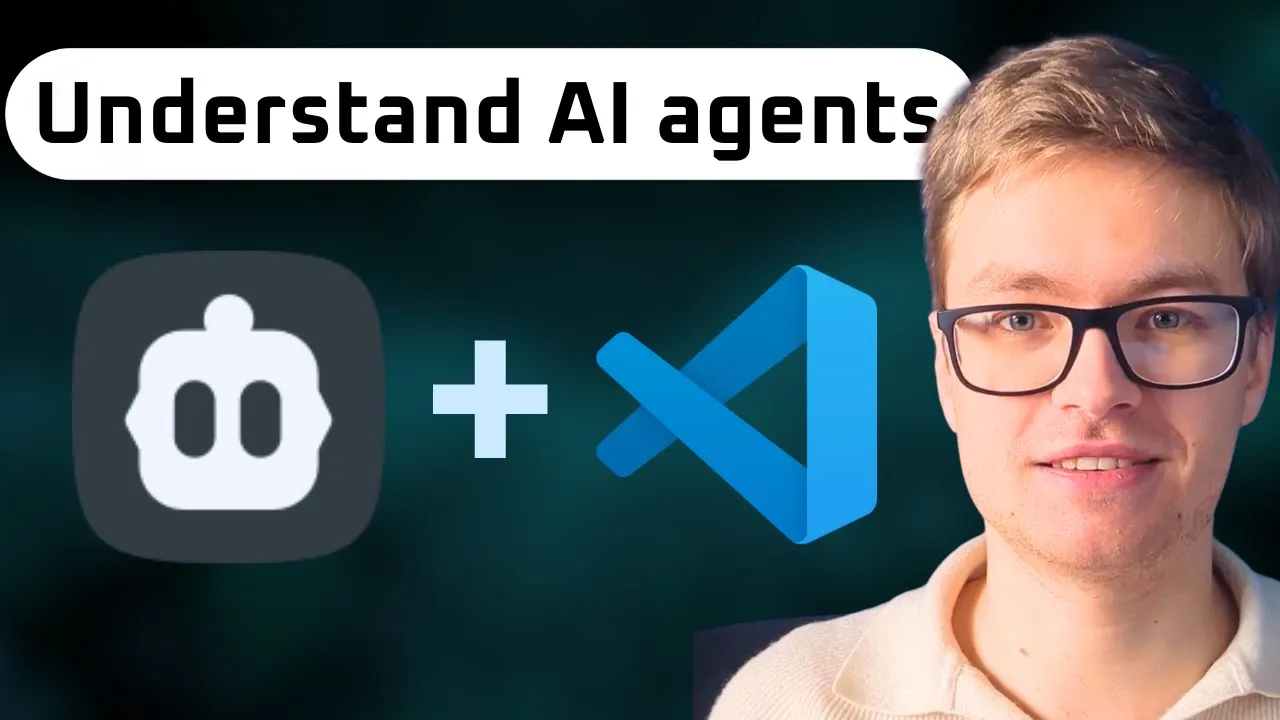AI Reasoning Models Implementation Guide - o1, o3, and Chain-of-Thought
The emergence of reasoning models like OpenAI’s o1 and o3 represents a fundamental shift in how AI systems approach complex problems. Through implementing these advanced reasoning capabilities in production systems, I’ve discovered that success lies not in treating them as faster versions of existing models, but as entirely new paradigms requiring different implementation strategies. These models think before they answer, producing internal chains of thought that enable them to tackle problems previously beyond AI capabilities.
How AI Reasoning Models Differ from Traditional LLMs
Reasoning models introduce a revolutionary capability: deliberative thinking. Unlike traditional language models that generate immediate responses, reasoning models:
Generate Internal Thought Processes: Before producing output, these models work through problems step-by-step, creating logical chains of reasoning invisible to end users but crucial for accuracy.
Handle Multi-Step Problems: Complex tasks requiring sequential reasoning, mathematical proofs, or logical deduction become solvable through structured thinking approaches.
Self-Correct During Processing: Reasoning models can identify and correct errors within their chain of thought, dramatically improving reliability for complex tasks.
Balance Speed with Accuracy: While slower than traditional models, reasoning models deliver significantly higher accuracy on tasks requiring genuine problem-solving.
This fundamental difference requires rethinking how we implement and utilize AI in production systems. For engineers looking to build comprehensive AI capabilities, understanding prompt engineering patterns for production systems provides essential foundation skills that complement reasoning model implementation.
Chain-of-Thought Implementation Strategies
Implementing chain-of-thought capabilities effectively requires specific approaches:
Structured Prompting: Design prompts that explicitly encourage step-by-step reasoning rather than immediate answers. This activates the model’s reasoning capabilities more effectively.
Problem Decomposition: Break complex queries into components that allow the model to reason through each part systematically before synthesizing a complete solution.
Reasoning Verification: Implement checks that validate the logical consistency of generated reasoning chains, ensuring outputs align with expected problem-solving approaches.
Context Management: Maintain relevant context throughout extended reasoning processes, preventing drift or loss of critical information during complex computations.
These strategies maximize the unique capabilities of reasoning models while working within their operational constraints.
Practical Applications of Reasoning Models
Reasoning models excel in specific domains where traditional models struggle:
Code Generation and Debugging: Complex programming tasks benefit from step-by-step logical analysis, producing more reliable and optimized code solutions. This enhanced debugging capability aligns with comprehensive AI agent development approaches that systematically handle complex problem-solving workflows.
Mathematical Problem Solving: From basic calculations to advanced proofs, reasoning models handle mathematical challenges with unprecedented accuracy.
Strategic Planning: Business strategy, project planning, and resource allocation benefit from systematic reasoning through constraints and objectives.
Technical Analysis: Complex system analysis, architecture decisions, and troubleshooting leverage the model’s ability to work through interconnected factors.
Understanding these strengths guides appropriate model selection for different tasks.
Optimizing Reasoning Model Performance
Maximizing reasoning model effectiveness requires specific optimization techniques:
Selective Deployment: Reserve reasoning models for tasks genuinely requiring complex thought processes. Simple queries waste computational resources without benefit.
Reasoning Depth Control: Adjust prompting to control reasoning depth based on problem complexity, balancing thoroughness with efficiency.
Result Caching: Cache reasoning outputs for similar problems, as detailed reasoning chains often apply to related queries.
Hybrid Architectures: Combine reasoning models with traditional models, routing tasks based on complexity requirements for optimal resource utilization.
These optimizations ensure reasoning models deliver value without excessive computational costs.
Common Implementation Pitfalls
Avoid these frequent mistakes when implementing reasoning models:
Treating Them Like Faster Models: Reasoning models trade speed for accuracy. Using them for simple tasks wastes their capabilities and resources.
Ignoring Reasoning Chains: The internal thought process provides valuable insights. Discarding this information loses critical debugging and verification opportunities.
Insufficient Problem Context: Reasoning models require comprehensive problem statements. Vague or incomplete inputs produce suboptimal reasoning chains.
Overlooking Cost Implications: Extended reasoning processes consume more tokens. Budget accordingly and implement appropriate usage controls.
Understanding these pitfalls prevents costly implementation mistakes.
Integration with Existing AI Systems
Reasoning models complement rather than replace existing AI infrastructure:
Implement intelligent routing systems that direct appropriate tasks to reasoning models while handling routine queries with traditional models. This maximizes efficiency while leveraging advanced capabilities where needed.
Create feedback loops where reasoning model outputs inform and improve traditional model responses, spreading benefits across your entire AI system.
Design interfaces that appropriately present reasoning capabilities to users, setting expectations for response times while highlighting enhanced accuracy benefits.
Establish monitoring systems that track reasoning model usage patterns, identifying opportunities for optimization and expansion.
This integrated approach creates robust AI systems leveraging the best of both paradigms. For comprehensive guidance on building production-ready AI architectures, explore how to deploy AI models in production to ensure your reasoning model implementations scale effectively.
AI reasoning models represent the next evolution in artificial intelligence, moving beyond pattern matching to genuine problem-solving. By understanding their unique capabilities, implementing appropriate strategies, and avoiding common pitfalls, you can harness these powerful tools to solve previously intractable problems. The key lies in recognizing that reasoning models aren’t just improved versions of existing technology but a fundamentally new approach to AI problem-solving.
Ready to implement reasoning models in your AI systems? The complete technical guide, including prompt engineering techniques and integration patterns, is available exclusively to our community members. Join the AI Engineering community to access detailed tutorials, best practices, and connect with engineers building production reasoning systems. Watch the full implementation walkthrough on YouTube to see these concepts in action.

